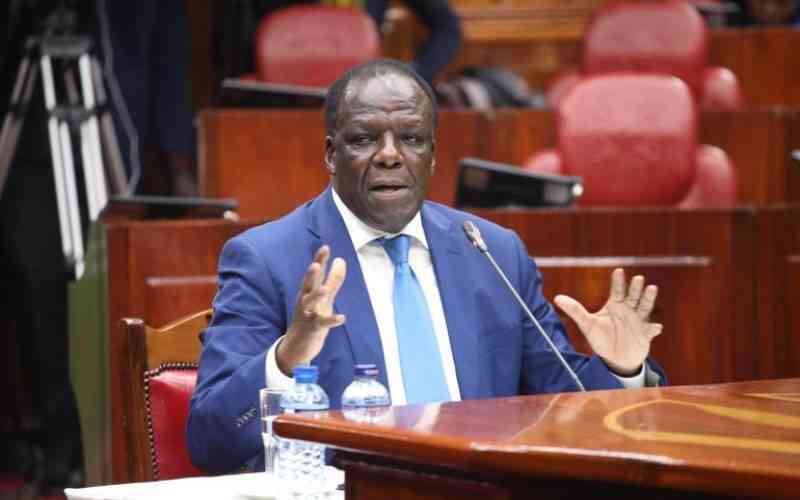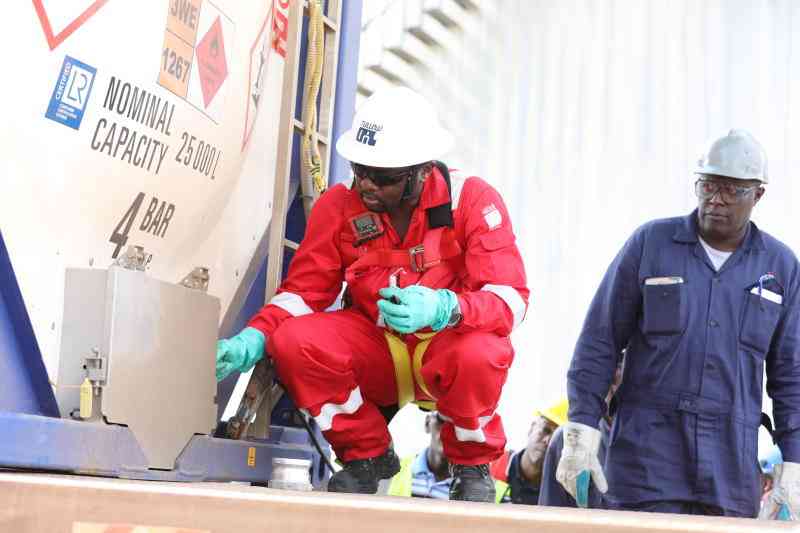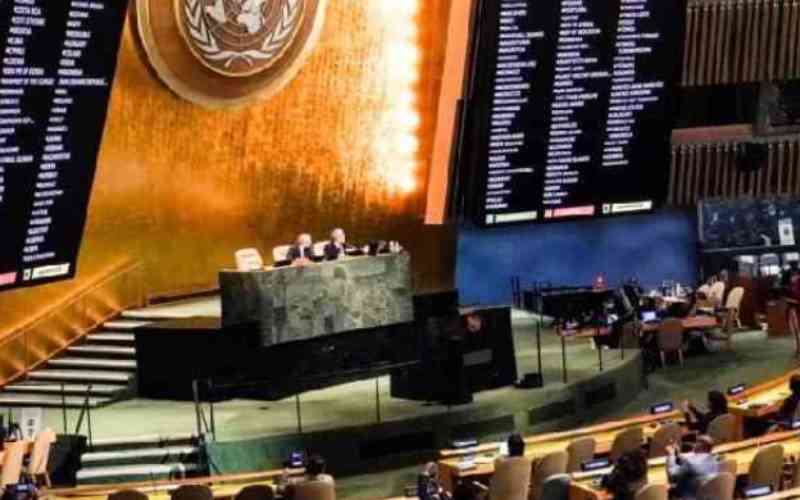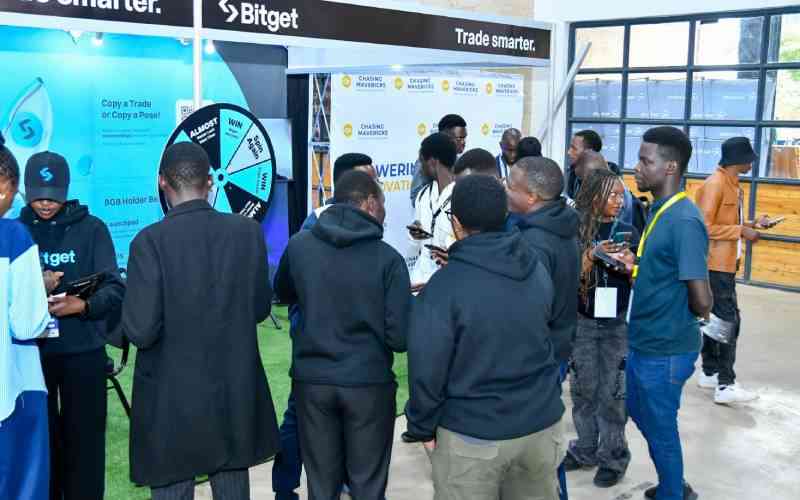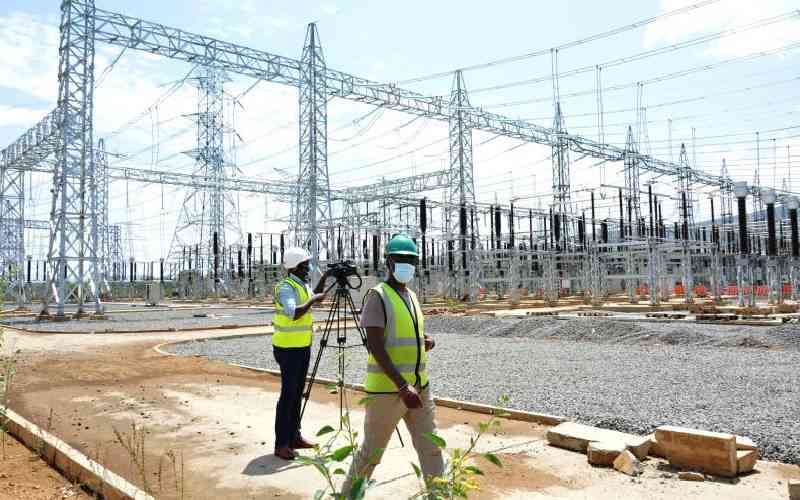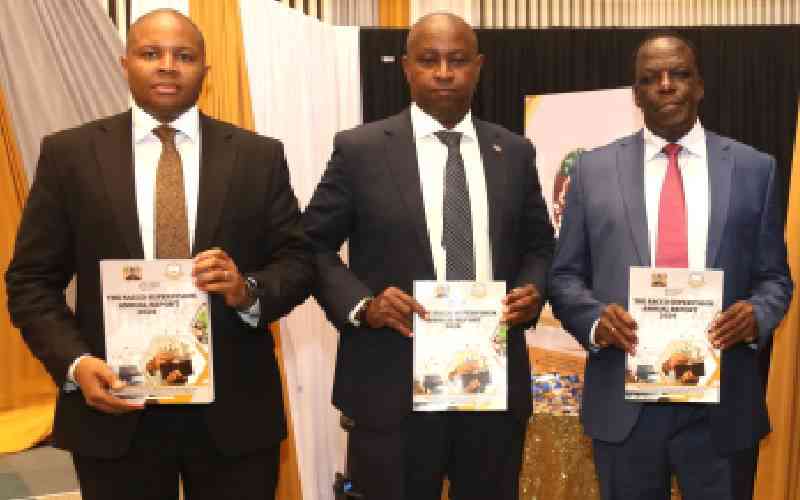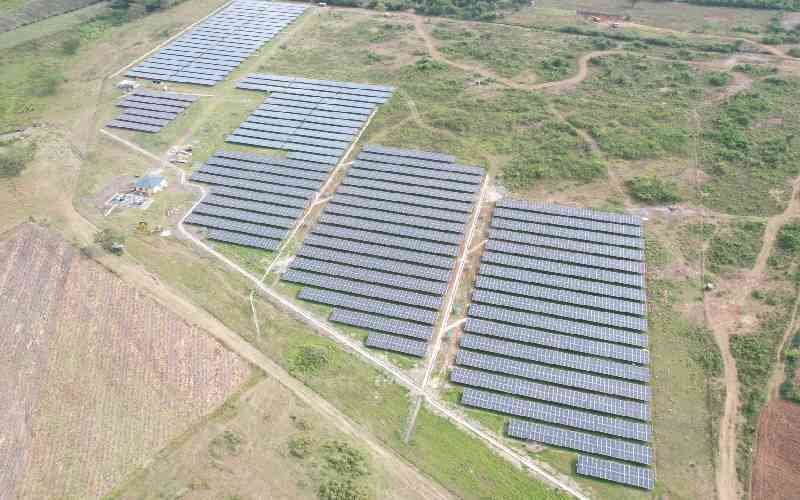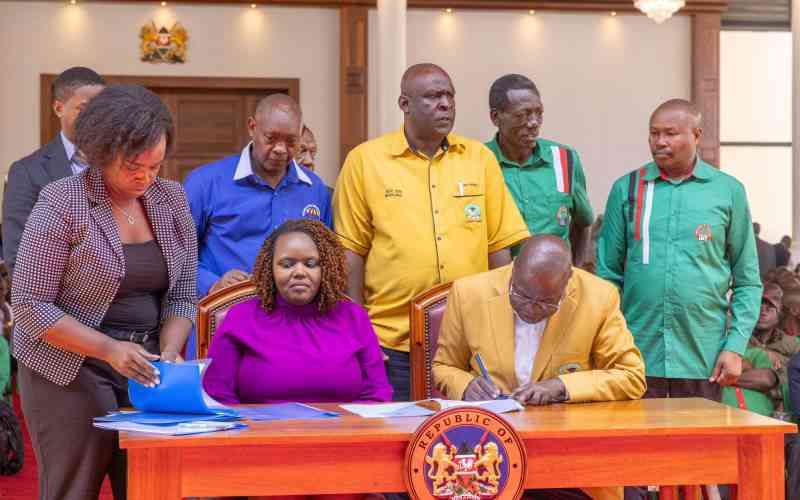
J
Public secondary schools continue facing financial challenges after the Ministry of Education delayed releasing billions meant for Free Day Secondary Education (FDSE), a situation that has left learners, teachers, and parents scrambling for survival.
The funds, which represent nearly 20 percent of the budgeted for the third term FDSE in the current financial year, were allocated to cater for about 2.3 million students.
But one month after the budgetary release, the money remains tied up at the Treasury, with schools forced to improvise to keep the lights on.
According to a circular issued on August 28, 2025, by Principal Secretary for Basic Education Prof. Julius Bitok, the government had approved a disbursement of Sh3,094.92 per student for the third term of 2025 and the first quarter of the 2025/2026 financial year.
The funds, Bitok noted, were calculated based on student enrollment data extracted from the National Education Management Information System (NEMIS) in April.
This exercise had revealed 50,000 “ghost students” that were struck off following the introduction of the new Kenya Education Management Information System (KEMIS), a reform tool intended to tighten accountability in school financing.
Under the FDSE structure, the funds are split between two main accounts: Tuition and Operations.
Sh868.80 goes into tuition, of which Sh828.80 is earmarked for teaching and learning materials, and Sh40 is allocated to the Strengthening of Mathematics and Science in Secondary Education (SMASSE) program.
The Operations account receives Sh2,226.12, broken down into Sh600 for maintenance and improvement, Sh1,099.43 for administrative costs including personnel emoluments and internet, Sh210 for co-curricular activities, and Sh230 for medical insurance.
An additional Sh86.69 per learner is remitted to the Kenya Education Management Institute (KEMI).
Bitok’s circular directed schools to acknowledge receipt of the funds within two weeks, submit receipts on NEMIS, and maintain signed admission lists of beneficiaries.
He also warned that “recovery will be instituted for any school that is found to have an enrolment less than the one used in this disbursement.”
Despite these formal allocations, principals say the reality on the ground is stark. The delayed release of funds has crippled operations, with schools struggling to buy essentials.
Kenya Secondary School Heads Association (Kessha) chairman Willy Kuria painted a grim picture:
Stay informed. Subscribe to our newsletter
“The learning environment as it stands in public schools is dire. We have hit a dead end and are moving like dead corpses.”
With national examinations around the corner, Kuria warned that schools lack critical resources.
“We need chemical materials ahead of the exams coming in about a week’s time. It might come, but too late to procure the materials needed in time.”
In Kakamega, Malava Boys High School has reportedly appealed to parents to provide students with writing materials.
“We got calls from students asking for books, which is not the norm. Schools can no longer serve the purpose they are intended to,” said Simon Omollo, a concerned parent.
The crisis has shifted part of the burden onto parents, who are already grappling with a high cost of living. National Parents Association chairman Silas Obuhatsa confirmed that many schools have resorted to asking parents to cover operational gaps.
“Majority of schools are now calling on parents to buy stationeries including exercise books, chalks, dusters, and even pens. Bookshops are now cashing in on ream papers by selling them to parents, which are now requirements in schools,” he explained.
For parents in rural and urban poor settings, these extra charges are unbearable. A spot-check in several schools found that pupils were often sent home to collect contributions for basic supplies, undermining the spirit of free education.
The government has defended its cautious approach, arguing that stricter monitoring of funds is essential following revelations of inflated enrollment. In July, Education Cabinet Secretary Ezekiel Machogu emphasized the importance of KEMIS in addressing long-standing inefficiencies in school financing.
“For years, the government has been spending billions on students who don’t exist. With KEMIS, we are ensuring that every shilling follows a real child in a real classroom,” said Bitok.
While the system has been hailed for sealing loopholes, the current disbursement delays have highlighted the human cost of administrative bottlenecks. Analysts warn that withholding funds for too long risks derailing the education calendar, especially in examination periods.
The crisis comes against a backdrop of public frustration over government spending priorities. While reforms like KEMIS have been praised for their accountability focus, parents and educators argue that children should not be collateral damage in bureaucratic battles.
Education rights advocates insist that the government must strike a balance between enforcing accountability and ensuring timely disbursement. As Obuhatsa summarized:
“Parents are carrying a double burden taxation and school levies while the funds meant to cushion them are sitting idle. This is unacceptable.”
With just weeks before the Kenya Certificate of Secondary Education (KCSE) examinations, the delay has heightened anxiety in schools across the country, with .
Unless the Sh7.2 billion is released soon, schools risk entering the national exams season in financial paralysis, threatening both learning outcomes and the credibility of the free education program.
For now, principals continue to juggle scarce resources, parents stretch their pockets to breaking point, and students are left uncertain about the stability of their learning environment.
As Kuria revealed that things are not normal in schools.
“We can no longer pretend that things are normal. Our schools are on life support, and without immediate government action, the collapse of public secondary education is imminent.”
